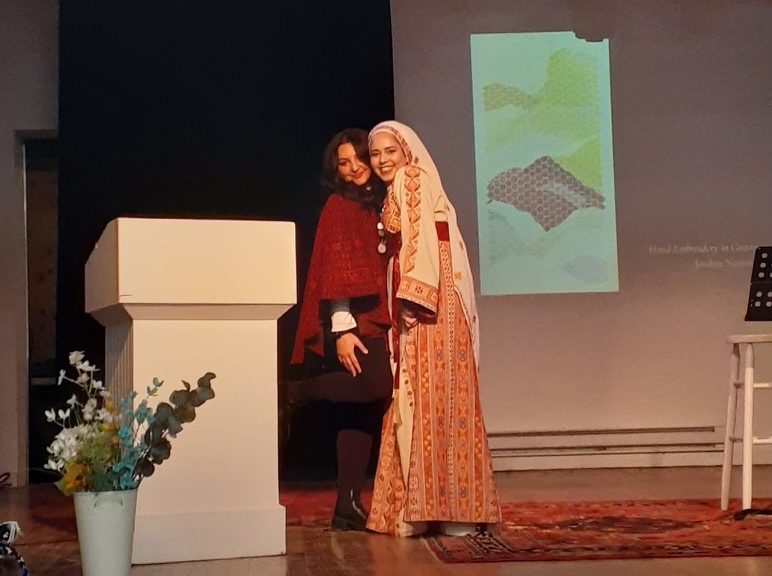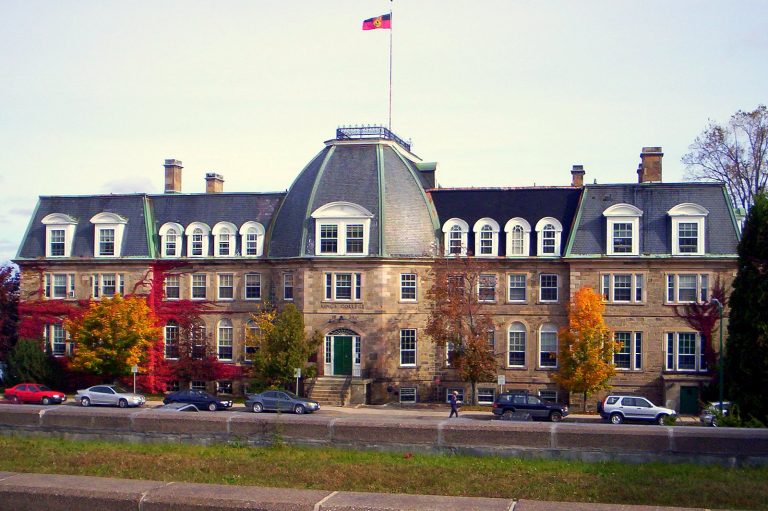By Kirpass Kaur
We have been watching atrocities around the world on our smartphones. One such atrocity is the Israeli occupation of Gaza. And as university students we have protested and in return, have been met with a punch of discouragement from The University of New Brunswick.
So the question still stands — how do we help Gazans?
Falasteen Art Gala 2025 took place on February 23, 2025 at Charlotte Streets Arts Centre – seen below.
The Charlotte Street Arts Centre in Fredericton stands as a hub for inclusive artistic expression, community collaboration, and cultural education—hosting everything from grassroots exhibitions to youth-focused camps and national showcases.
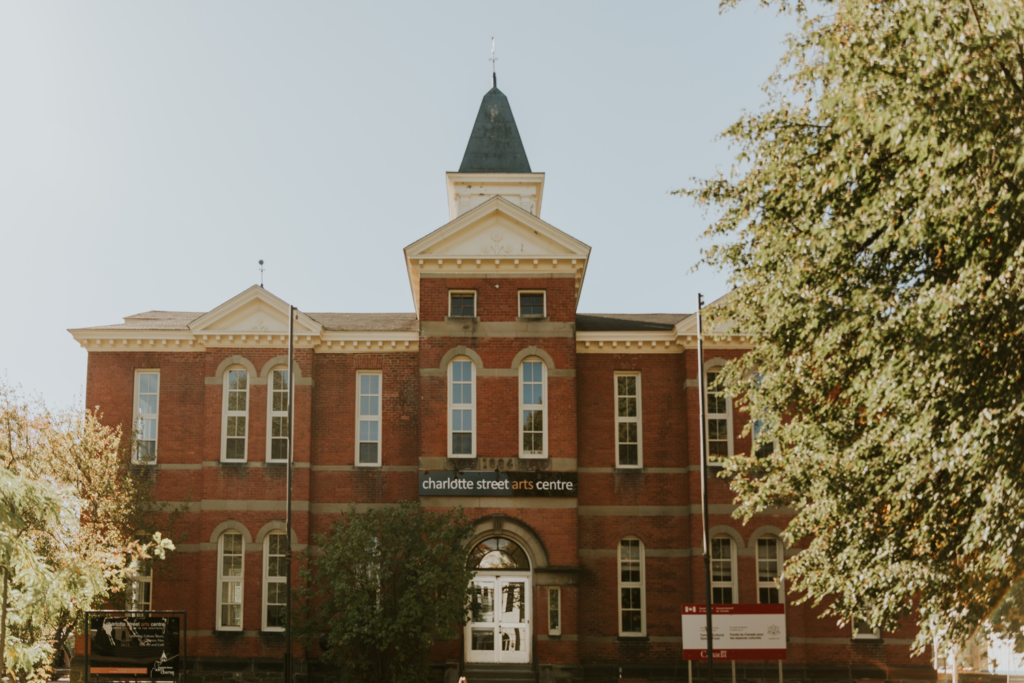
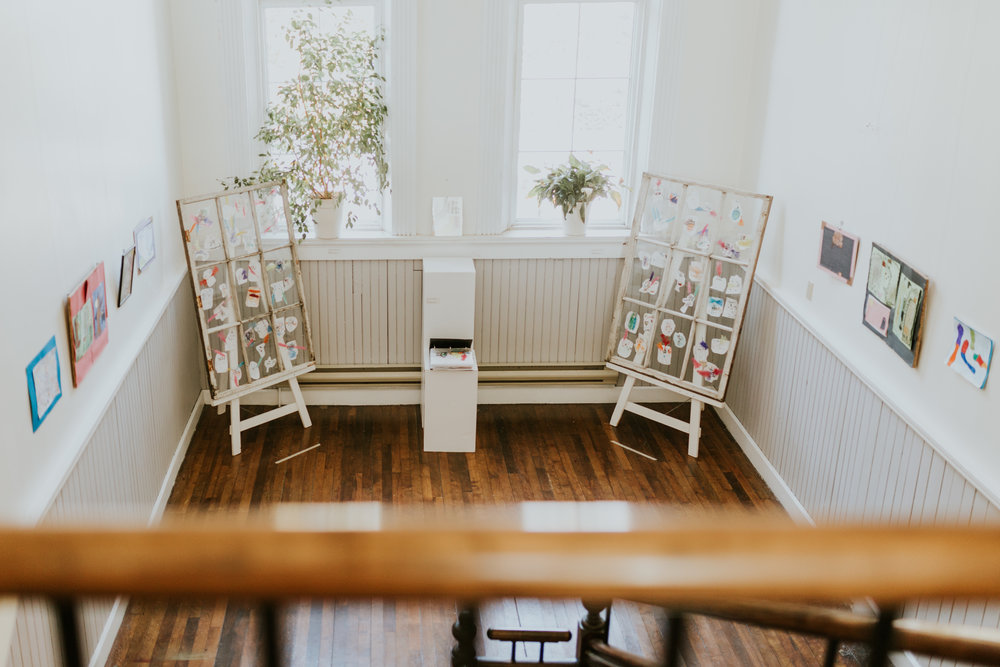
The Soul of Falasteen Society put a beautiful event together filled with visual art, music and dance. One of the organizers of this event — Lubna — believes that art is a form of resistance, and the essence of this event reflected just that.
There were several art pieces on display, as well as accessories, such as bracelets, postcards, tote bags, etc.
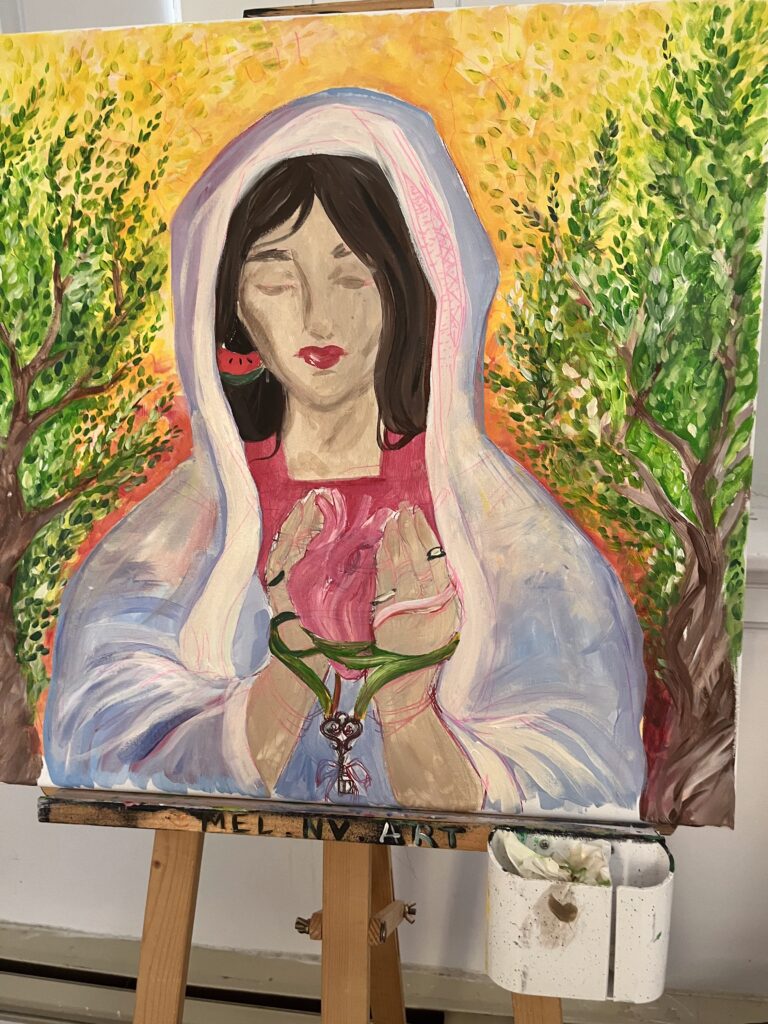
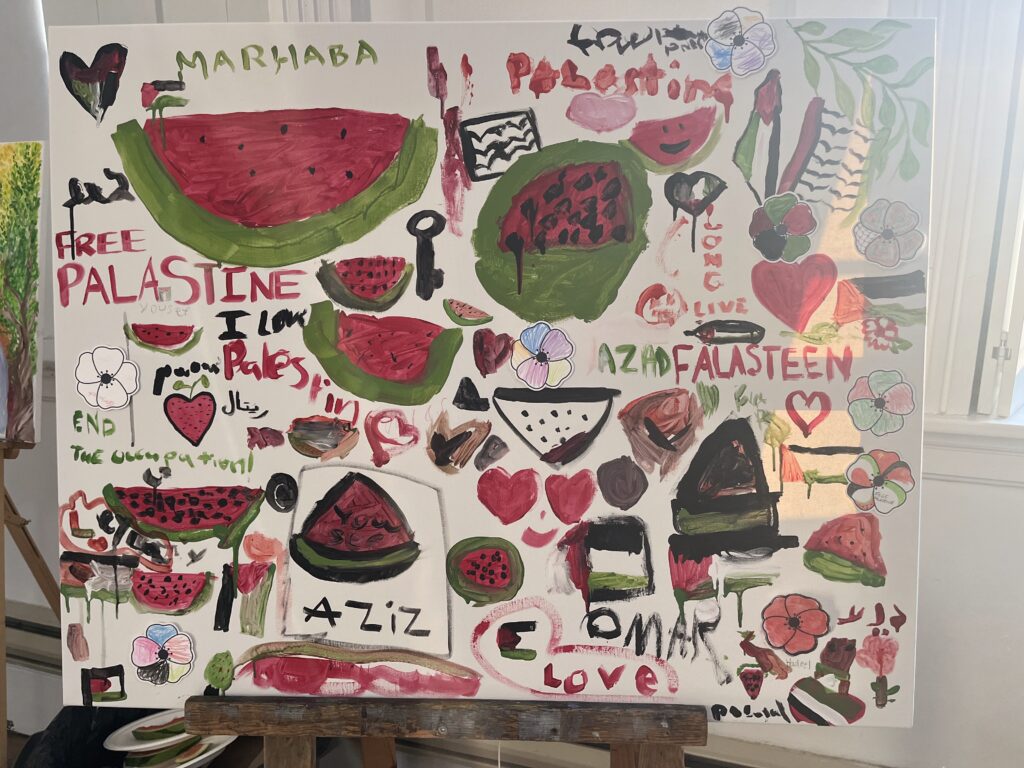
Artists from Gaza had an opportunity to showcase their artwork, some of which was auctioned in a silent auction. The donation to enter the event was also a means for the attendees to support Gazans.
This event stood as a revolting bit against colonialism, as organizer Leila Abuamer interjects, “this is what colonialism is — it erases our existence, our identity, and in diaspora, it’s even harder to hold on as much as we can.” Her first suggestion is for us to educate ourselves by reading books. She provides a starting point: The Hundred Years’ War on Palestine by Rashid Khalidi. We can purchase it from our local bookstore — Westminster Books.
Lubna invites people from all walks of life. She believes that while navigating similarities and differences among our cultures, “we can learn from each other.” She spoke against border control and showed hope that this movement to help might have a domino effect.
Leila traces back to pre-colonial Levant (Syria, Lebanon, Palestine, Jordan) where no one cared about one’s religion, when secularism was the norm. She emphasizes upon this division tactic employed by the colonizer to separate people and cause disharmony. She also points out the diversity among the organizers of the event — only two out of six were Palastinians. They were together because “art brings us all together.”

